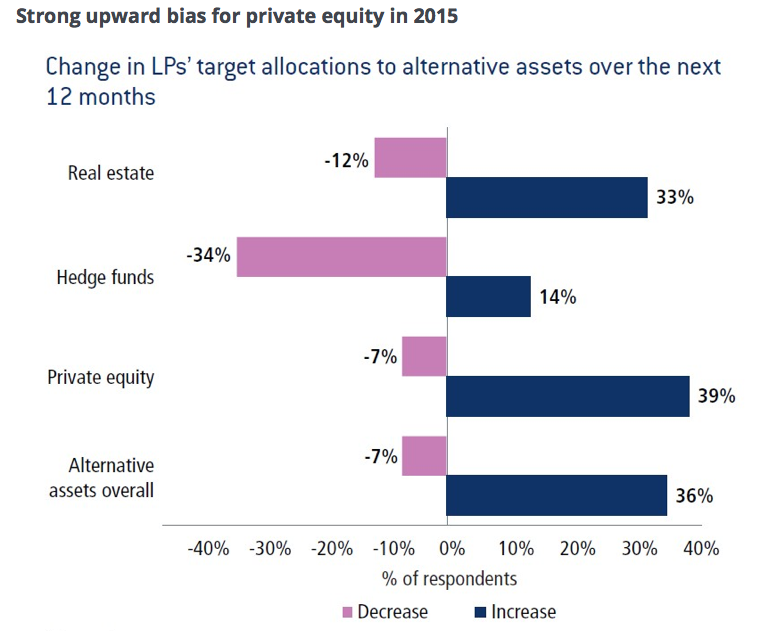
Some pension funds are thinking of buying a boat.
More specifically, they are weighing investments in the shipping industry, which some observers say is due for a recovery. If the industry does rebound, pension funds want to be among the beneficiaries.
But they are treading these waters carefully.
Reported by Reuters:
Pension funds, squeezed by low interest rates, are exploring investments in shipping in their hunt for higher returns, hoping to benefit once this industry starts to recover from one of its worst ever downturns.
There are signs of a gradual pick-up in world trade and ship values for the first time since the financial crisis. Ship financier NordLB has said the market could see a broad recovery but not before 2016.
The industry’s revival could deliver double-digit returns for pension funds that decide to add shipping to their so-called alternative assets such as infrastructure, which can make up about 15 percent of a fund.
But they need to do their homework.
Some hedge funds and private equity firms have been burned by diving into shipping too early and have found the recovery they were betting on has taken longer to materialise.
So far only a few pension funds have taken the plunge, also partly because of the need for specialised knowledge on shipping, such as how to price vessels accurately.
One pension fund leading the way is Ilmarinen in Finland, which had 34 billion euros ($41.8 billion) in assets at end-September. Earlier this year, Ilmarinen acquired five oil tankers and three supply ships from Finland’s state owned refiner, Neste Oil.
Esko Torsti, head of non-listed investments at Ilmarinen, said the investment was for tens of millions of euros through a new joint-venture firm owned by the pension fund and Finland.
“Investing in ships is not the easiest area, it requires extreme carefulness and special expertise,” Torsti said.
Another potential driver for investment is the shipping industry’s growing funding gap that has opened up as banks scale back lending due to capital constraints.
The combined value of ships on the water is estimated at $1.25 trillion with a further $380 billion in ships on order.
Among the pension funds that have taken the dive: Canada’s OMERS, Britain’s Merseyside Pension Fund and Finland’s Ilmarinen.
Photo by Louis Vest via Flickr CC License









